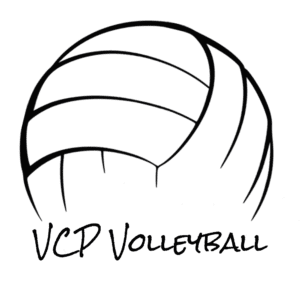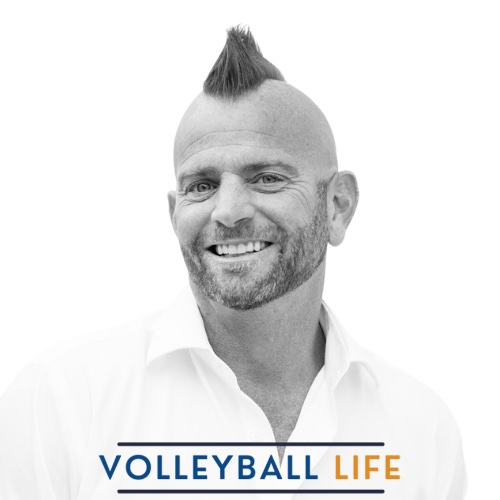HERMOSA BEACH, CALIFORNIA — Jon Alvarez’s professors at the University of Denver’s Daniels College of Business had to have been tired of it. Every single time they assigned Alvarez to write a business plan, he’d come back with the same two ideas: “It was either a volley bar or Volleyball Life,” he said, more than three decades later, laughing.
Both of those plans read as a prescient ideas now, with volleyball, be it indoors or beach or grass, exploding around the country. Nebraska is selling out football stadiums. The Pottstown Rumble’s participants jumped yet another 250 teams, up to a staggering 2,650 for a single weekend. The NCAA Beach Volleyball Championships are setting viewership records annually. Last year’s FIVB Beach Volleyball World Championships did the same.
But in the ’90s? In Texas?
Volleyball?
Coming from a guy?
Suffice it to say, people had questions.
In spite of those questions and odd looks, Alvarez did the same thing he’s done since 1993, when he scrawled a logo on a piece of paper that, 14 years later, would become an image seen by 5 million visitors on a monthly basis at VolleyballLife.com: “I held true to my beliefs.”
It took more than a decade for Alvarez to take one of his many business plans, and that hand-drawn logo, and bring it to life. In 2007, still living in Texas and one of the better players in the Dallas area, Alvarez alas launched Volleyball Life, his tournament software that would solve every tournament director’s problems and then some.
Problem was, nobody wanted it.
Why would they pay him for a service they could do themselves with simple pen and paper? This was an era before Instagram or TikTok. The NCAA had yet to take a shot on beach volleyball as an emerging sport, and no college coaches, therefore, needed to know what juniors were winning what tournaments. The parents, by extension, didn’t mind of people they didn’t know around the country were aware of their kid winning the local tournament. It didn’t really matter.
Yet.
“Everyone was still afraid of technology,” he said.
But he held true, reminding directors and anybody who would listen that he had a product that could change grassroots volleyball around the country. A decent player, though by his own admission not a great one, Alvarez moved to California shortly after Donald Sun bought the AVP out of bankruptcy in 2010, reviving the…
Click Here to Read the Full Original Article at Volleyballmag.com…

